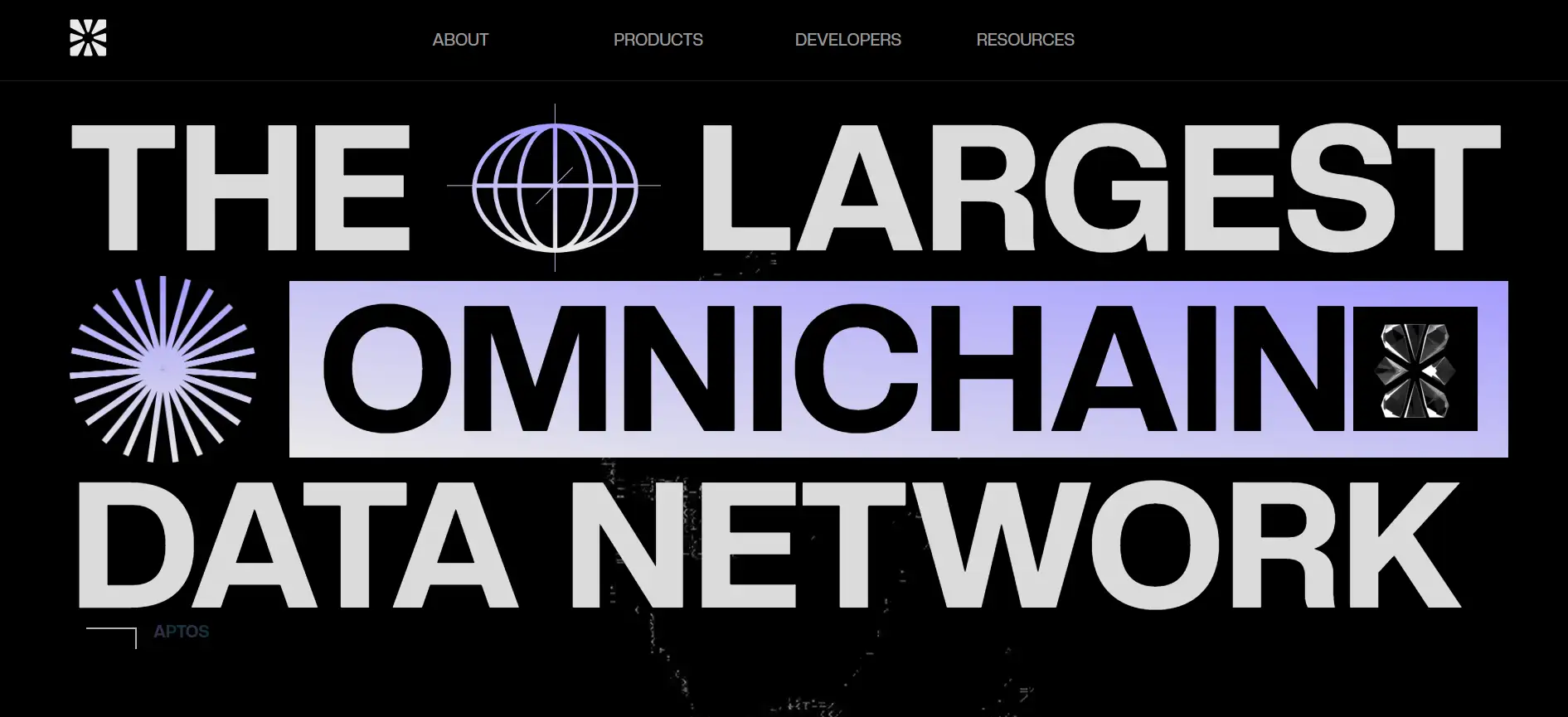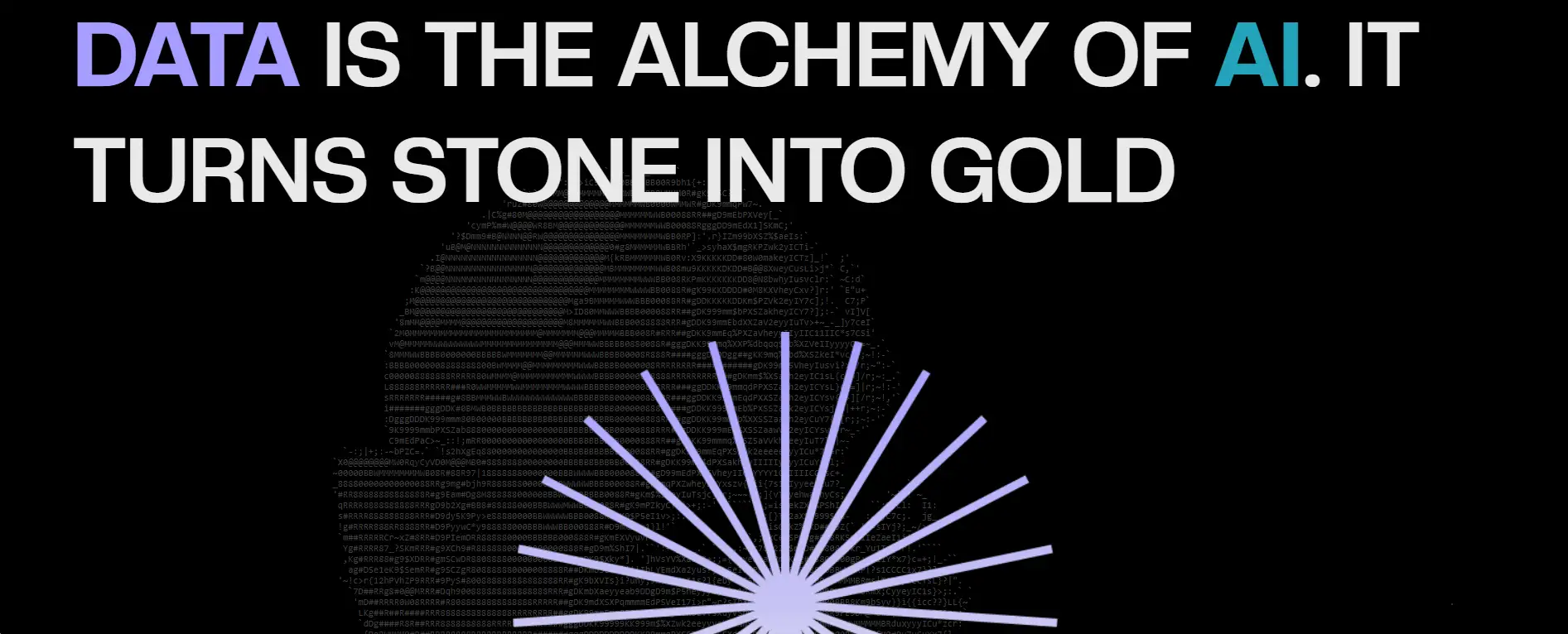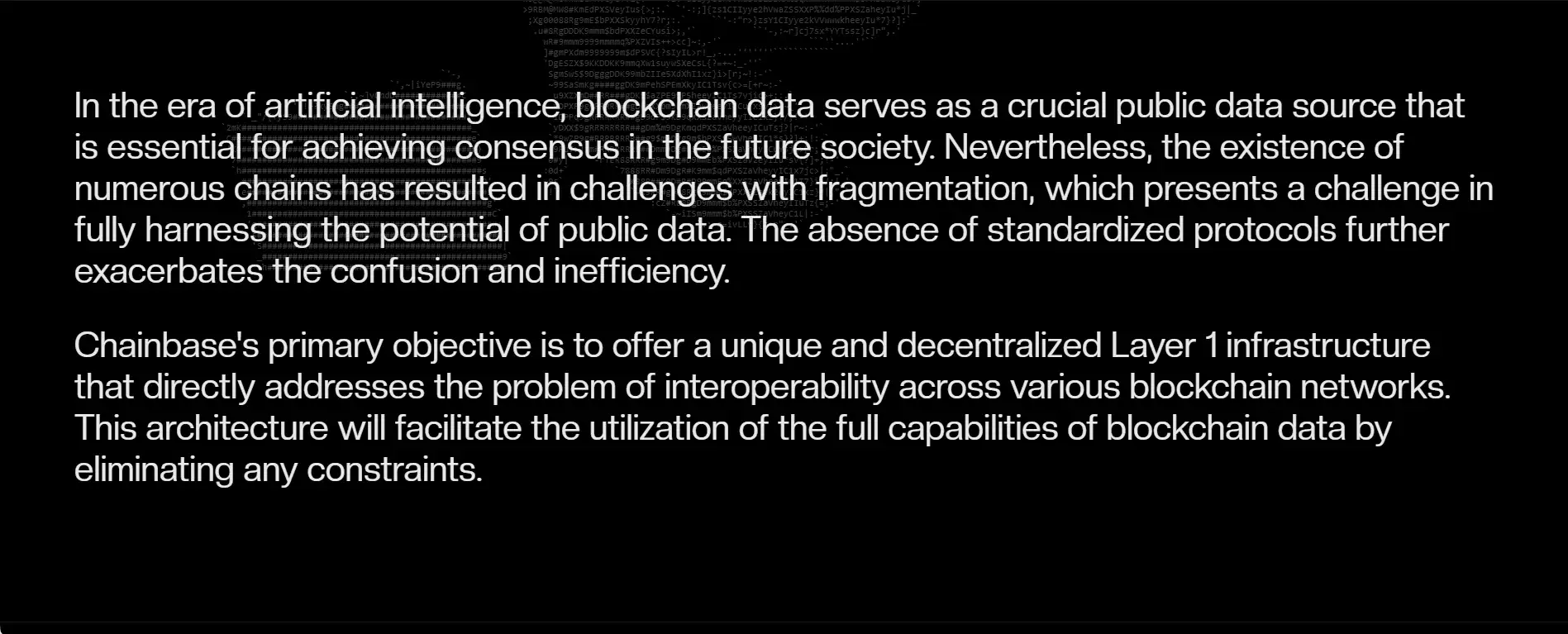About Chainbase
Chainbase is a decentralized, omnichain data network designed to bridge the gap between AI and Web3. It aims to provide scalable, transparent, and efficient data infrastructure for the emerging Open AGI Economy. With a foundation in trustless architecture and permissionless participation, Chainbase empowers developers and AI agents to access and contribute to an open data economy that transcends blockchain silos.
By enabling seamless integration across chains, Chainbase sets the stage for future AI applications that require decentralized, real-time access to verifiable data. The platform operates through a modular framework that prioritizes network autonomy, node-based validation, and data composability. With the rise of AI agents and autonomous systems, Chainbase's mission to support onchain cognition is both timely and essential in the evolving digital infrastructure landscape.
Chainbase is pioneering a new model of Web3 infrastructure by building an omnichain data layer tailored for the age of autonomous AI agents. Unlike traditional blockchain indexing protocols, Chainbase introduces a composable framework for aggregating, validating, and accessing onchain data in a cross-chain and modular fashion. The architecture consists of three major layers: the AI Chainbase Protocol, Open Data Network, and Decentralized Agent Layer.
At its core, the AI Chainbase Protocol serves as the trustless backbone for data access, allowing users—whether human or machine—to query real-time and historical data from multiple chains. The data is indexed through a decentralized network of nodes, which not only improves scalability but also ensures data integrity and availability. Data staking and incentivized validation mechanisms further enhance reliability.
The Open Data Network forms the middle layer where developers and node operators can collaborate on deploying data services and optimizing resource sharing. It supports zero-knowledge proofs (ZK), enabling privacy-preserving queries and interactions for agents in AI-driven workflows. On top of this structure is the Agent Layer, which integrates various AI agents and enables them to perform autonomous decision-making using verified onchain data. Applications range from real-time DeFi bots to AI-powered governance and multi-chain search engines.
In comparison to similar platforms such as The Graph or Flipside Crypto, Chainbase differentiates itself by placing a heavy emphasis on AI-native functionality and cross-chain compatibility. Its design anticipates a shift from human-driven data interaction to fully autonomous agent behavior, making it one of the few platforms positioned to scale alongside Open AGI advancements.
Chainbase offers a powerful set of features and benefits that make it a critical part of the next-gen AI + Web3 infrastructure:
- AI-Centric Architecture: Chainbase is designed from the ground up for autonomous agents, enabling seamless and intelligent data queries across multiple blockchains.
- Omnichain Data Indexing: Its cross-chain compatibility ensures real-time access to onchain data from various networks without relying on centralized APIs.
- Decentralized Participation: Any user can participate in the network as a data node, validator, or service provider, supporting a permissionless ecosystem.
- Composable Data Models: The platform supports modular smart contracts and data flows, enabling more flexible and complex agent architectures.
- ZK-Proof Privacy Layer: Zero-knowledge compatibility allows for secure and private queries, essential for AI use cases involving sensitive data.
To get started with Chainbase, users can explore the open developer ecosystem and begin integrating their apps or nodes via the official tools and documentation:
- Sign Up: Visit the official site at chainbase.com and create an account to access the dashboard.
- Explore Chainbase Genesis: Dive into the Genesis Program to access templates for building and deploying custom data models.
- Run a Node: Follow the step-by-step node setup guide via the documentation. Node runners can begin indexing and validating data to earn incentives.
- Integrate the SDK: Developers can utilize the Chainbase SDK to integrate omnichain data access directly into decentralized applications or AI models.
- Join the Community: Engage with Chainbase on Discord, read the official blog, or contribute to the project via GitHub.
Chainbase FAQ
Manuscripts are executable scripts that act as the backbone of the Chainbase data transformation pipeline. Written by developers, these scripts define workflows that standardize and convert raw blockchain data into structured, AI-ready datasets. The use of Manuscripts enables interoperability across data sources, allowing the ecosystem to produce consistent, high-quality inputs for machine learning models. Developers can also monetize their Manuscripts, transforming knowledge into tradeable assets and reinforcing Chainbase’s commitment to a knowledge-based economy.
Chainbase leverages a multi-layered architecture with a dedicated Execution Layer powered by the Chainbase Virtual Machine (CVM). This custom-built environment employs advanced parallel processing techniques such as data parallelism and task parallelism to optimize computation. Simultaneously, validators and node operators maintain network decentralization through CometBFT consensus and Delegated Proof of Stake (DPoS). This combination delivers scalable and secure performance while protecting network integrity.
Unlike centralized systems, Chainbase introduces a decentralized, blockchain-powered approach to AI training. Through its Data Accessibility Layer and Manuscripts framework, it offers a curated, verifiable, and standardized dataset stream. This setup supports developers by removing barriers to entry and allowing them to access or monetize datasets and AI models. The $C token fuels this ecosystem by incentivizing quality contributions, making Chainbase’s AI infrastructure both trustless and open-source-ready.
Absolutely. Non-developers can participate as delegators by staking $C tokens with validators or node operators. This staking mechanism boosts the network’s security and decentralization while enabling delegators to earn passive rewards. It’s a key component of Chainbase’s incentive structure, allowing a broader community to support and benefit from the growth of the platform without needing to write code or run infrastructure.
Chainbase addresses off-chain data challenges using advanced technologies like Zero-Knowledge Proofs (ZKPs) and decentralized storage solutions. The Data Accessibility Layer is responsible for collecting, verifying, and storing both on-chain and off-chain data. This ensures that data is immutable, tamper-proof, and securely validated before it is accessible for AI training. Through this approach, Chainbase guarantees data provenance, integrity, and scalability across all layers of the network.
You Might Also Like












